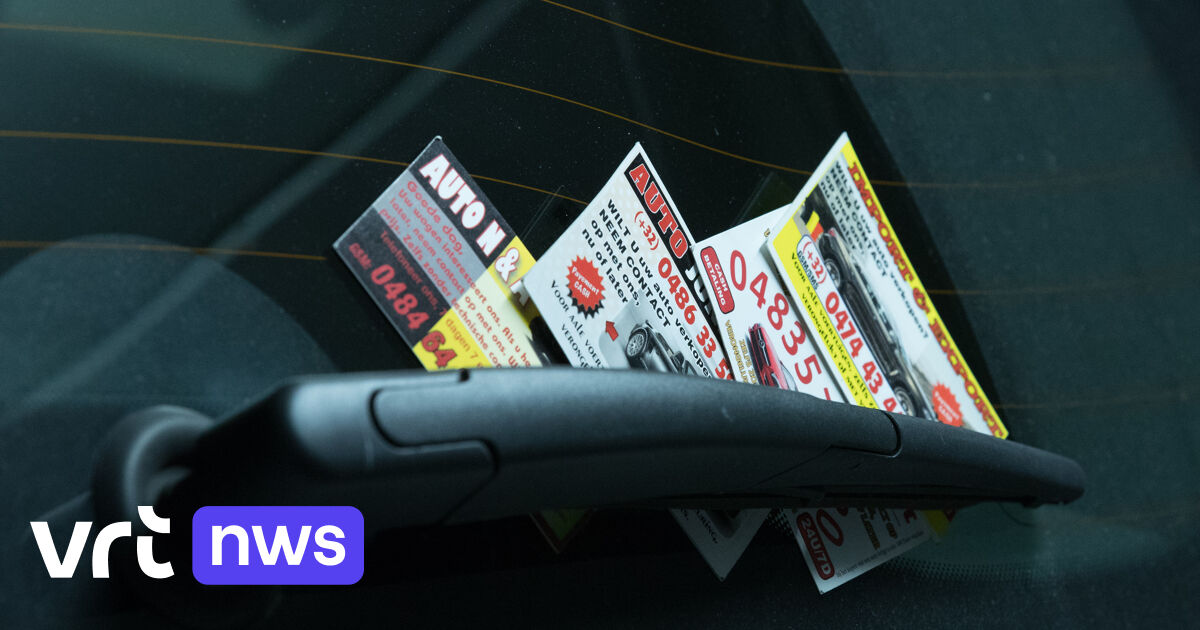In 80 years the water level around New York could be 1.80 meters higher than today, large parts of the city are threatened. A protection concept by the US Army could help – but it would cost 120 billion dollars.
The rising sea level as a result of global warming is not only threatening tropical island states – New York, host of the UN climate summit, is not spared either. At least since the devastation caused by Hurricane “Sandy” in October 2012, the residents of the US metropolis no longer have any doubts about climate change. The city is already arming itself against rising water levels and sees itself as a pioneer. But she still faces a Herculean task.
According to experts, the water level around New York could rise by 1.80 meters by 2100 – the number of devastating storms and storm surges is also likely to increase. For some time now, the city has been focusing on strengthening its 850-kilometer coastline.
More than 15 kilometers of artificial sand dunes have already been created on the Rockaways peninsula in the borough of Queens and on Staten Island in the south, the areas hardest hit by “Sandy”. Millions of tons of sand have been carted in to reinforce the beaches of Rockaways and Coney Island in Brooklyn. The city also spent billions of dollars to protect New York’s power grids and the subway from flooding.
Storm surges threaten much of New York
In several neighborhoods in Brooklyn and especially near Wall Street in Manhattan, more and more sand-filled containers have appeared recently – temporary barriers that should protect against flooding for the next five years until longer-term solutions are found. According to official forecasts, around 37 percent of the buildings on Manhattan’s southern tip will be threatened by storm surges in 2050. 50 years later, 20 percent of the streets in the area could be flooded on a daily basis.
But the most ambitious flood protection projects have not even started. The city plans to raise the park along the East River in south Manhattan from next year and over the next three years.
Another project by Mayor Bill de Blasio is to expand Manhattan’s southern tip by 150 meters – into the East River. The additional area will in future “storms take the lead,” as Columbia University environmental policy expert Stephen Cohen explains. However, the project would swallow up to ten billion dollars (over nine billion euros) and no one knows where the money will come from.
The US Army is also helping to protect the city
In addition to politicians and experts, US Army technicians are also working on plans to protect the entire New York region. One of their proposals is the construction of underwater storm barriers for all waterways in New York; the danger of flooding would thus be averted to 92 percent, but it would cost 120 billion dollars and endanger the ecosystem.
Whatever is done to protect New York – it is now dawning on everyone that it will cost a lot of time and money and that the originally estimated $ 20 billion will not be more than a “down payment”, as the city council says.
Many New Yorkers are concerned about this. “Seven years after Sandy, we are still talking about sandbags as our main protection against monster storms,” says Justin Brannan, councilor for a coastal area in Brooklyn.
New York doesn’t have to hope for help from Trump
“There is a huge gap between what New York has been able to do so far and what is actually necessary,” warns Roland Lewis of the Waterfront Alliance. “We are one of the greatest cities in the world, we are very wealthy, and yet we do not succeed in arming ourselves now and immediately against the new reality.”
Like many other New Yorkers, Lewis complains about “the enormous vacuum” the city is facing in the federal debate. The metropolis, led by the Democrats, does not need to hope for help from US President and climate skeptic Donald Trump.
Despite all the problems and challenges, environmental policy expert Cohen advises calmness: “Of course, people want everything to go faster,” he says. “But it is always better to get it right than to make mistakes”.
– .


